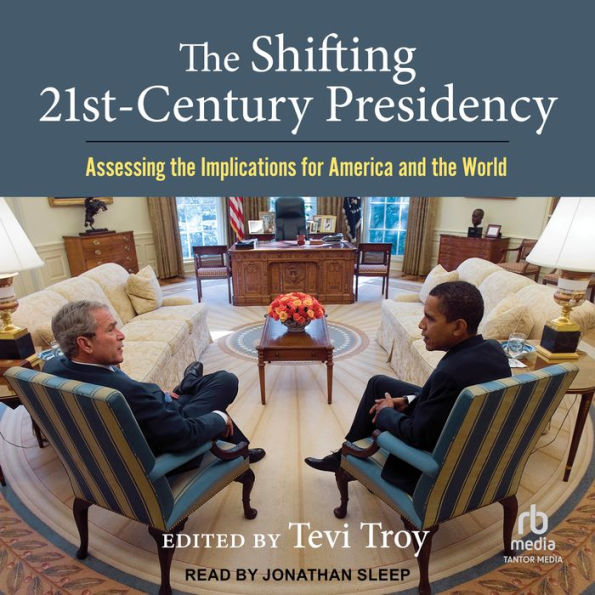Today, the American presidency is the first among equals in our reformulated constitutional form of government. This book, with its first-class series of contributors, offers a comprehensive look at a presidency transformed. From presidential transitions, to policymaking, to the changed relationships between Congress and the White House, and the relationship between presidents and publics, this book is a timely contribution to the scholarly literature. A must-read!”—John Kenneth White, author of The Unraveling of the Grand Old Party: Donald Trump, Conspiracy Thinking, and the Rise of Authoritarianism
“This important contribution to the presidency literature offers an accessible presentation of contemporary issues related to the state of the presidency as an institution as well as topics relevant to recent presidents and the challenges they faced while governing. This book is an excellent combination of real-world and scholarly perspectives on the American presidency.”—Lori Cox Han, author of Advising Nixon: The White House Memos of Patrick J. Buchanan and coauthor of Presidents and the American Presidency
“With instructive insights from scholars and policy practitioners, this volume explains how the American presidency has changed in the twenty-first century. It examines the importance of crises, polarization, and technology for presidential leadership expectations, both within the White House and from multiple constituencies. Complementing academic perspectives with commentary from journalists and former administration officials illuminates contemporary executive opportunities and challenges.”—Meena Bose, author of The Paradoxes of the American Presidency
“An invaluable contribution to the presidency and the American people, Troy’s book provides a balanced assessment of how contemporary crises—terrorism, wars, recessions, and pandemics—have expanded presidential power, while rendering presidents less able to solve such challenges to the satisfaction of an electorate riven by polarizing social media. Whether future presidents will eschew further accrual of power, as Troy recommends, remains unknowable, but the scholars and practitioners included in this volume have prompted a timely discussion of whether the presidency can survive the twenty-first century if it strays too far from its eighteenth-century roots.”—Barbara A. Perry, coeditor of 42: Inside the Presidency of Bill Clinton and 41: Inside the Presidency of George H. W. Bush



